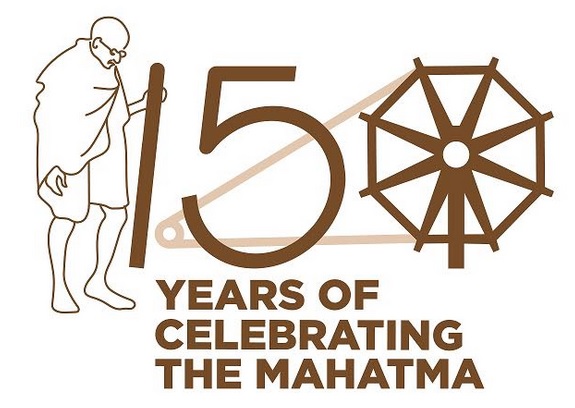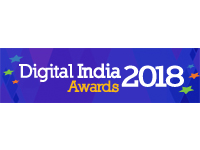Public Grievances
The Allocation of Business Rules, 1961, allocates to DARPG inter alia, the responsibility for Policy, Coordination and Monitoring of issues relating to (a) Redress of Public Grievances in general and (b) Grievances pertaining to Central Government Agencies, in particular. The Public Grievance Division is responsible for this activity since December 1987. From 1997, the Division has also been made responsible for Citizen Centric Initiatives, namely, Citizens Charter.
PUBLIC GRIEVANCES REDRESSAL MECHANISM
The Public Grievances Division has undertaken various activities during the years, some of which are on-going activities from the previous years, to improve the grievance redressal mechanism and to provide a citizen centric governance.
CENTRAL PUBLIC GRIEVANCE REDRESSAL AND MONITORING SYSTEM (CPGRAMS)
An online system for grievance redress, called the ‘Centralized Public Grievance Redress and Monitoring System’ (CPGRAMS) has evolved since 2007. CPGRAMS facilitates forwarding of public grievances received online from the citizens to both the Central Government Ministries/Departments/Organizations as well as the State Governments concerned. The inflow of these Centre and State related grievances are in two forms (i) online registered grievances through CPGRAMS and (ii) offline grievances received through post. The grievances received through post are digitized, uploaded on CPGRAMS and forwarded online through the System to the Central Ministries/Departments/Organizations concerned.
The Appeal Mechanism/functionality in CPGRAMS in compliance to the Recommendation No.38 made by the Department Related Parliamentary Standing Committee on Personnel, Public Grievances, Law and Justice in its One Hundredth Report on Demand for Grants (2020-21) has been Introduced in CPGRAMS. The Appeal provision has been made for redressal of dis- satisfied grievances identified through a mandatory feedback ratting to be given by the Citizen on disposal of the grievance by the Nodal Grievance Officers” The functionality of Nodal Appellate Authorities nominated in Ministries/Departments was operationalized on 21.01.2021
The CPGRAMS interlinks 91 Central Ministries/Departments/ Organizations and 36 States /UTs. There are more than 74,000 sub-ordinate users listed on it which includes subordinate and field officers also.
CPGRAMS Reforms
At present, the Department has undertaken CPGRAMS Reforms in the top grievance receiving Ministries/Departments. The CPGRAMS reforms envisages to ensure user friendly lodging of grievance by a citizen and enables navigation of the grievance to reach the field office responsible for resolution of the same. CPGRAMS Reforms will streamline grievance redressal mechanism so that the grievances reach the rightful redressal Office, surpassing the line offices. The broader salient features of the CPGRAMS Reforms version 7.0 are that it is citizen friendly as there is a questionnaire guided registration process. Besides, there is a provision of lodging a grievance which will be automatically forwarded to field level directly. The system will also improve grievance redress time and lodging of grievance is done through drop down menus.
The CPGRAMS Reforms version 7.0 has so far been launched in the Department of Posts on 25th September, 2019 and in the Departments of Telecommunications and Financial Services (Banking & Insurance Division) on 5th November, 2019 in the National Workshop on CPGRAMS Reforms held at Vigyan Bhawan, New Delhi. The CPGRAMS Reforms was launched on 12th February,2020 in another 5 Ministries/Departments, namely Ministry of External Affairs, Ministry of Petroleum & Natural Gas, Ministry of Health and Family Welfare, Ministry of Road, Transport & Highways and Department of School Education & Literacy.
Now CPGRAMS Reforms 7.0 has been adopted by all Central Government Ministries/Departments.
CPGRAMS version 7.0 was has been activated in the Ministry/Department of Civil Aviation, Labour & Employment, Higher Education and Department of Personnel & Training on 09.03.2021.
Citizens can also use a Mobile App for lodging of public grievances and the action Status can also be viewed on the mobile itself. This mobile app is integrated with Unified Mobile Application for New-age Governance (UMANG). The app is available in both Android and iOS versions. A new mobile app called My Grievance is also available which is independent of CPGRAMS which is available in Android version.
Department of Administrative Reforms and Public Grievances (DARPG) had signed a memorandum of understanding for developing Artificial Intelligence Machine Learning techniques apart from other New Generation technologies to analyse public grievances. The web portal of IGMS ( https://dashboard-pmopg.nic.in/igms2/sign-in) launched by DARPG in collaboration with IIT Kanpur helps implement Artificial Intelligence (AI) and Machine Learning (ML) techniques to conduct an exploratory and predictive analysis of public grievances received on the web-based Centralised Public Grievances Redress and Monitoring System.Other new generation technology of DARPG has launched for CPGRAMS are available in the portal : www.treedashboard.in
Presently, in addition to flagging urgent grievances using Artificial Intelligence, the Intelligent Grievance Management System (IGMS) deployed by DARPG in CPGRAMS also functions as a module within CPGRAMS 7.0 and performs the following functions:
- Automatically detects spam, bulk and repetitive grievances in real-time.
- Automatically identifies the semantic gist of grievances by analyzing their text contents and pdf attachments
- Automatically detects important clusters of topics, reflecting issues that multiple citizens are complaining about with respect to a department or a scheme
- Enables spatiotemporal filtering of themes and topics being reflected in grievances, to facilitate identification of both policy-level and implementation-level root causes of grievance production
Please lodge your grievance at https://pgportal.gov.in
Documents
1-Success Stories of CPGRAMS on Effective Redressal of Public Grievances
2-Sevottam Model Curriculum - Content and Andragogy
5-Presentations from the National Workshop on Effective Public Grievance Resolution, November 18, 2024


















